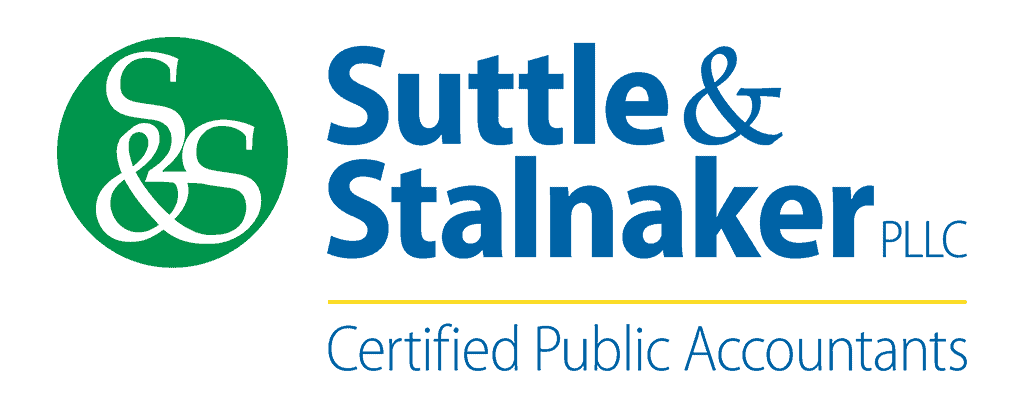The Coronavirus State and Local Fiscal Recovery Funds (CSLFRF), awarded as part of the American Rescue Plan Act, provides emergency resources for state and local governments as a result of the COVID-19 pandemic. The funding can be used to:
- Help support essential workers and pandemic response;
- Reinforce critical public services by funding lost revenue for eligible state, local, territorial, and Tribal governments;
- Pass emergency economic stabilization assistance to families and businesses; and
- Address the disproportionate impact of the pandemic on certain populations.
On December 3, 2021, the Office of Management and Budget (OMB) released the first of two addenda to the 2021 Compliance Supplement. Addendum 1 addresses the CSLFRF compliance requirements, and this guidance will be used for all Single Audits of CSLFRF that are issued after December 3, 2021.
Keep reading to learn more about the CSLFRF and the new guidance related to the scope of Single Audits of this federal COVID relief program.
What are the objectives of CSLFRF?
Awarded through the Department of the Treasury, CSLFRF provides $350 billion for payments to eligible entities in order to:
- Respond to the public health emergency, COVID-19, or its negative economic impacts, including providing assistance to households, small businesses, nonprofits, and impacted industries, such as tourism, travel, and hospitality;
- Respond to workers performing essential work during the COVID-19 public health emergency by providing premium pay to eligible workers of eligible employers that have eligible workers who are performing essential work, or by providing grants to eligible entities who perform essential work;
- Provide government services, to the extent COVID-19 caused a reduction in revenues collected in the most recent full fiscal year of the state, territory, Tribal government, metropolitan city, county, or non-entitlement unit (NEU) of local government; and
- Make necessary investments in water, sewer, or broadband infrastructure.
What are the audit implications of spending money funded by CSLFRF?
The Assistance Listing for CSLFRF indicates a CFDA number for the program – 21.027. As noted in the CSLFRF award terms, payments from this Assistance Listing are subject to the provisions of the Uniform Guidance (2 CFR 200). The Compliance Supplement indicates the following six applicable compliance requirements for the scope of the Single Audit of CSLFRF:
- Activities Allowed or Unallowed
- Allowable Costs
- Period of Performance
- Procurement, Suspension, & Debarment
- Reporting
- Subrecipient Monitoring
For some entities, this funding may trigger a first-time Single Audit. For entities who already met Single Audit spending thresholds prior to the COVID-19 pandemic and its corresponding relief funding, it may trigger the selection of a new major program to be audited. Check out the compliance requirements specific to CSLFRF here to help prepare for upcoming audits. Appropriate internal controls and compliance management tools are critical with the receipt of new grant funding, especially in a Single Audit.
Other important reminders related to the Compliance Supplement:
Remember that the following activities are not permitted uses of funding from CSLFRF:
- Deposits into any pension fund;
- Contributions to rainy day funds, financial reserves, or similar funds; or
- Direct or indirect offsetting of a reduction in net tax revenue of a state or territory from a covered change during the covered period.
The period of performance for CSLFRF awards begins on the date funds are disbursed to recipients and ends on December 31, 2026. Funds may be used to cover costs incurred beginning on March 3, 2021 and ending on December 31, 2024. Any obligations incurred by December 31, 2024 under the award must be liquidated no later than December 31, 2026.
Federal Funding Accountability and Transparency Act (FFATA) reporting is applicable to CSLFRF. However, the Department of the Treasury has taken responsibility for all required FFATA reporting on behalf of recipients. Therefore, compliance with FFATA reporting requirements is not subject to audit.
Subrecipient monitoring is not required for NEUs or entities that are deemed beneficiaries. An entity is deemed a beneficiary if it receives pass-through funding from CSLFRF as an end user. An entity is deemed a subrecipient if it receives pass-through funding from CLSFRF to carry out a program on behalf of the original recipient.
Reach out to our Government Team if you need an audit, assistance with an audit that is already scheduled, routine assistance with CSLFRF, or additional information.
